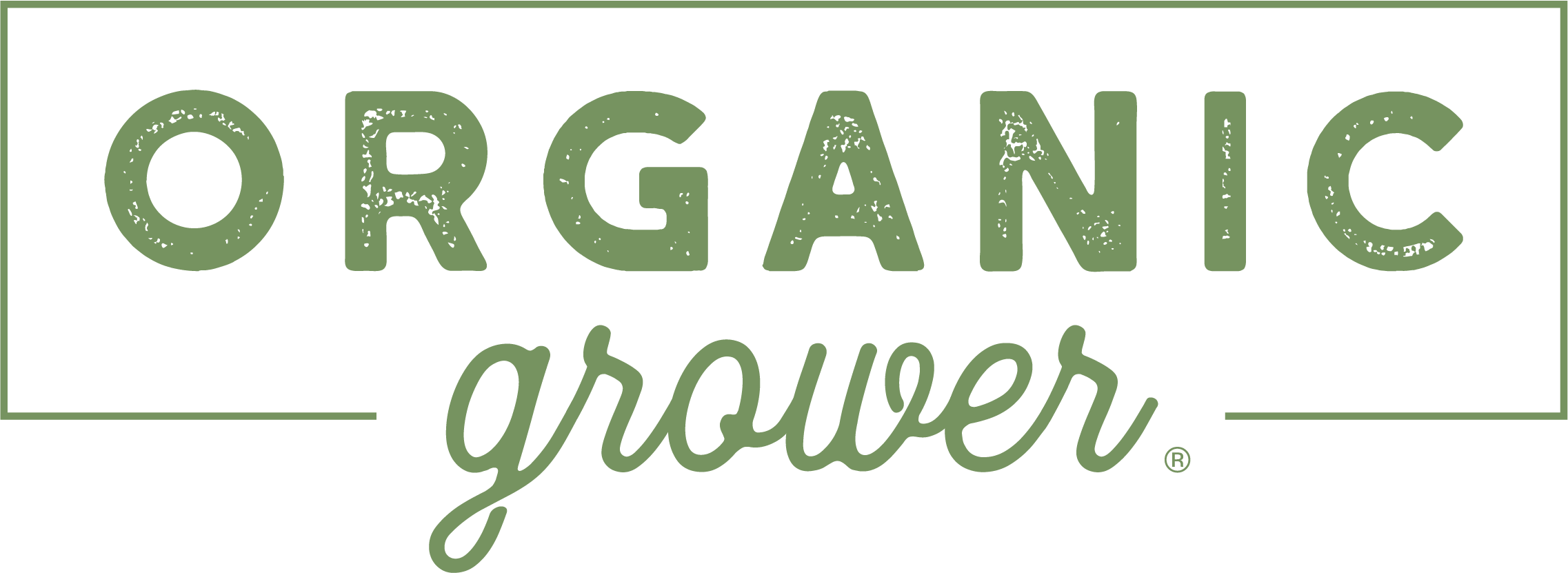Apr 7, 2007Robinson defines the tall spindle apple system for modern orchards
After years of experimentation, Cornell University horticulturist Terence Robinson believes he has defined what a modern apple tree should look like. His design centers on the tall spindle apple system, a model that balances high early yields, sustained production, and fruit quality.
The system features trees about 10 feet tall, with slender trunks and no permanent scaffold branches. Planted on dwarfing rootstocks like M.9, the trees grow along a three-wire trellis, spaced three feet apart in rows 11 feet apart. They begin fruiting in the second year, producing 15 – 20 apples per tree.
“Growers who adopt this planting must learn a different training and pruning system,” Robinson said. “But if they plant the right varieties, they will make money.”
Origins of the tall spindle system
Robinson and fellow Cornell researcher Stephen Hoying began intensive studies of orchard systems about 10 years ago. Their work built on decades of grower and researcher experimentation that started in the mid-20th century with the move away from seedling rootstocks.
“By the late 1990s, trends in density and pruning gave rise to what we began calling the tall spindle system,” Robinson said. “It incorporates aspects of the slender spindle, vertical axis, and super spindle systems, but moderates investment while achieving very high early yields, sustained production, and excellent fruit quality.”
The system requires:
- High planting densities
- Dwarfing rootstocks
- Highly feathered nursery trees
- Minimal pruning at planting
- Bending branches below horizontal
- No permanent scaffold branches
- Renewal pruning to manage limb size
Tree density and spacing
Tree density depends on variety vigor, rootstock, and soil. Robinson recommends closer spacing for weaker or moderate vigor varieties such as Honeycrisp, Gala, and Red and Golden Delicious. Vigorous varieties like McIntosh, Fuji, and Mutsu, or tip-bearing types like Rome and Cortland, need wider spacing.
Row spacing should be narrower on level ground and wider on slopes, he said.
Rootstock choices
Robinson emphasized dwarfing rootstocks such as M.9 and B.9, with newer Geneva series rootstocks (G.16, G.11, G.41) offering fire blight resistance. “Weaker clones work better on virgin soil with vigorous varieties, while more vigorous rootstocks suit weaker scions or replanted ground,” he explained.
Economics of tree quality
High-density plantings require significant investment. Robinson estimated that establishing a tall spindle orchard on a 3’x11′ spacing costs $8,580 per acre for trees alone, rising to $11,080 when trellis, poles, and labor are added.
“Early bearing in the second year is critical to overcome these costs,” he said. “We recommend trees with a minimum 5/8-inch caliper and 10 to 15 well-positioned feathers starting at 30 inches.”
Training and branch management
Robinson emphasized branch manipulation at planting. “All feathers must be tied or weighted below horizontal,” he said. “This induces cropping and prevents scaffold branches from becoming too strong.”
Once established, lateral branches bend naturally under crop load. “The precocity of the rootstock induces heavy cropping and balances the tree,” he added.
Crop load management
Robinson advised growers to match crop loads with variety tendencies. “For Gala, we recommend 15 to 20 apples per tree in year two, 50 – 60 in year three, and 100 in year four,” he said. “For Honeycrisp, which bears biennially, crop loads should be about half that.”
Pruning and canopy shape
The tall spindle tree grows as a narrow, conic trunk about 10 feet tall, supported by a trellis. To maintain light exposure and fruit quality, Robinson advised removing one or two large upper branches each year with beveled cuts, encouraging weaker replacements.
“This keeps the top young and fruitful, maintains the conic shape, and ensure light reaches the bottom canopy,” he said.
System performance
Robinson reported the trials begun at Cornell’s Geneva station in 1997 showed the tall spindle apple system as the second-highest yielding system, behind super spindle, but the most profitable overall.
“In orchards planted in 2002 with seven to eight feathers, McIntosh yields reached 771 bushels per acre by the fourth leaf, and Honeycrisp reached 578,” he said. “The key objective for a new orchard is to maximize early yield while sustaining large crops of high-quality fruit. The tall spindle system achieves this balance.”
















